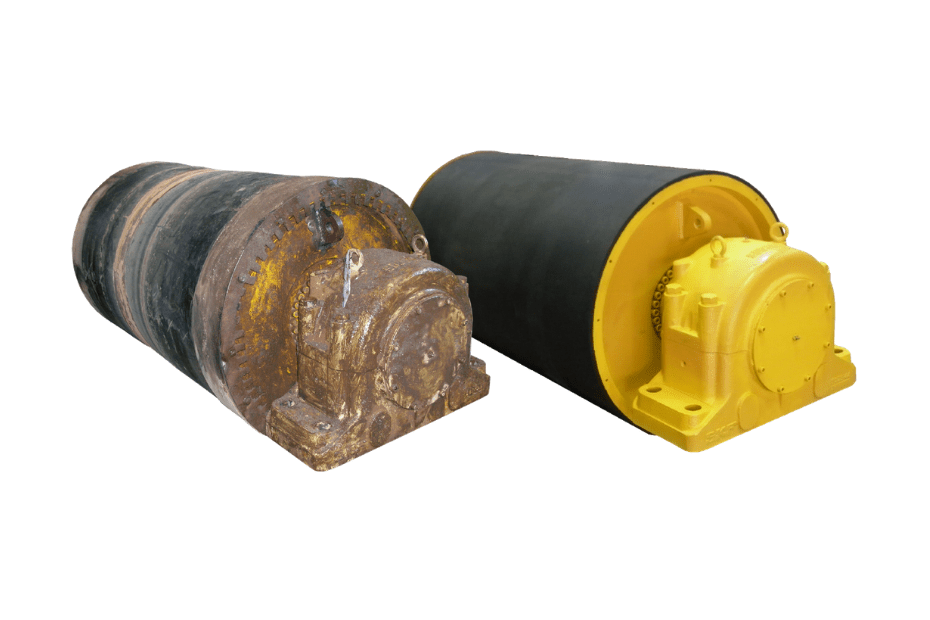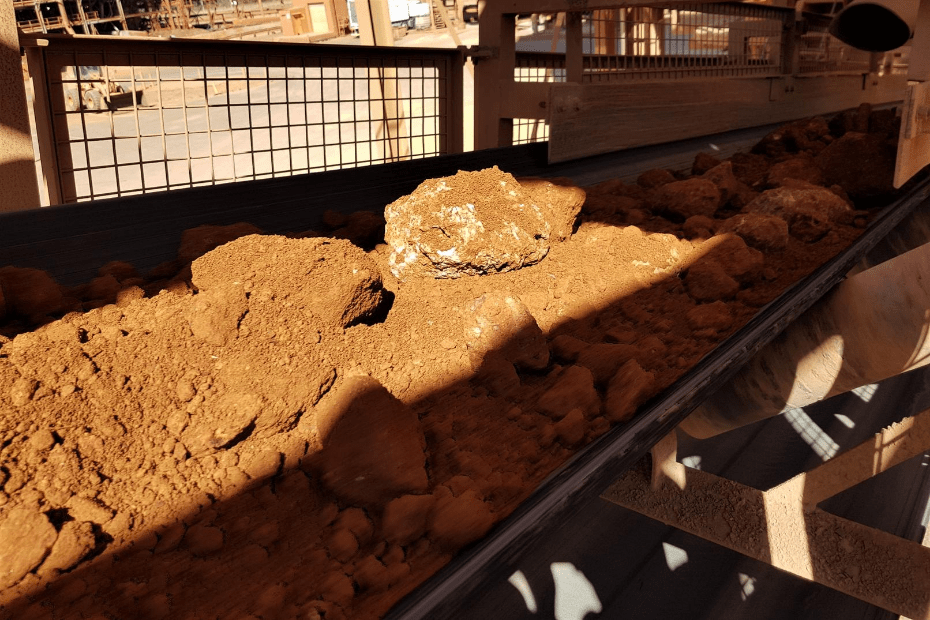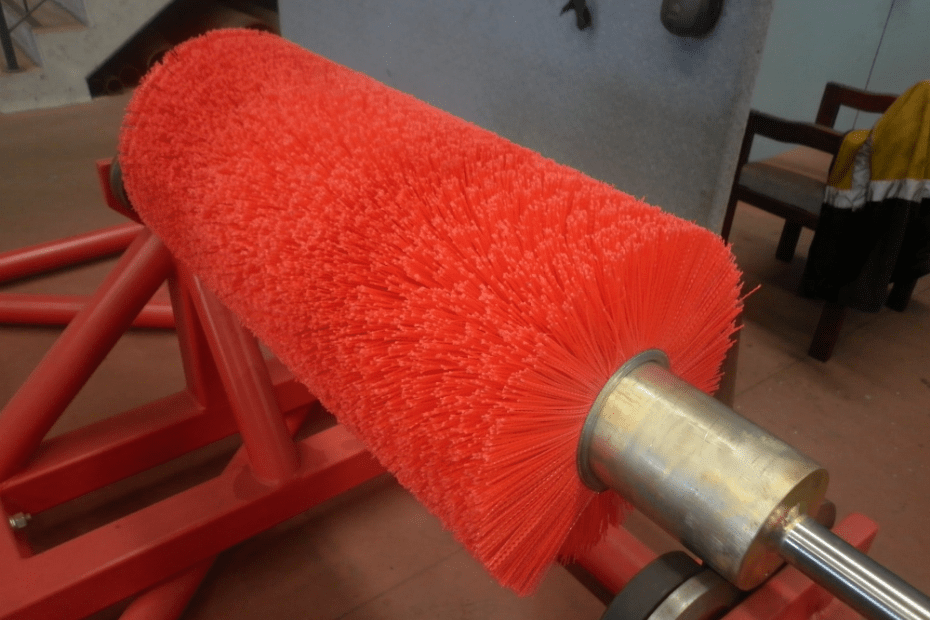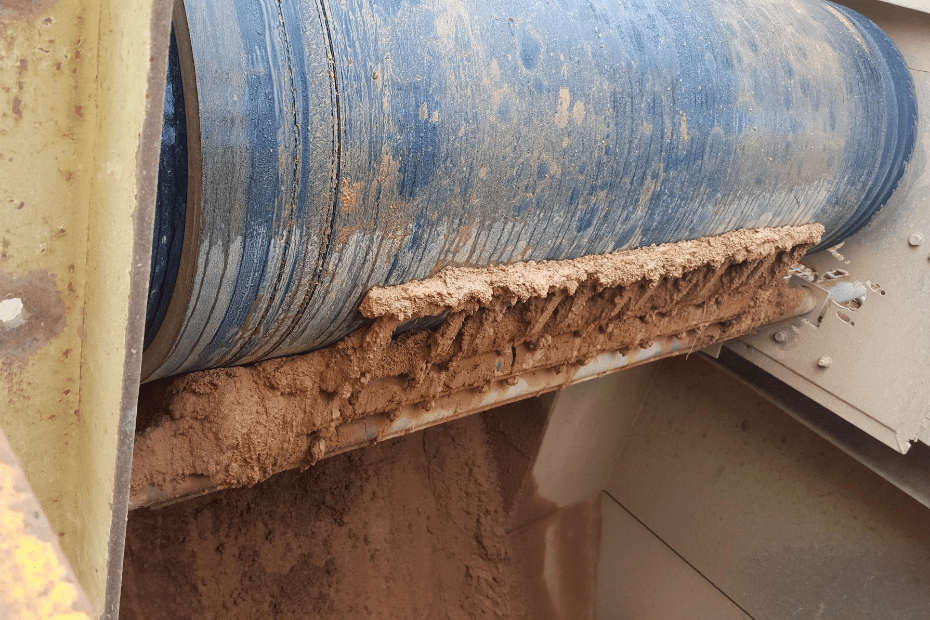
Why Regular Maintenance Is Important for Your Conveyor System
The importance of regular maintenance of a conveyor system can at times be overlooked. From small-scale operations to the most complex of systems processing hundreds of thousands of tons of material, ongoing and consistent maintenance is a sure-fire way to extend the life of any conveyor and its components.
We list the key reasons why regular maintenance is a must in order to save on hefty costs associated with occupational health and safety issues, total system failure and unexpected shutdowns.
1. Keeps Equipment in Good Order and Condition
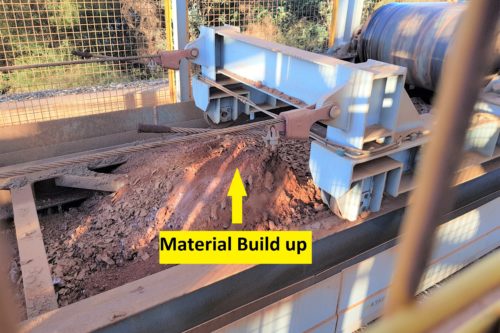
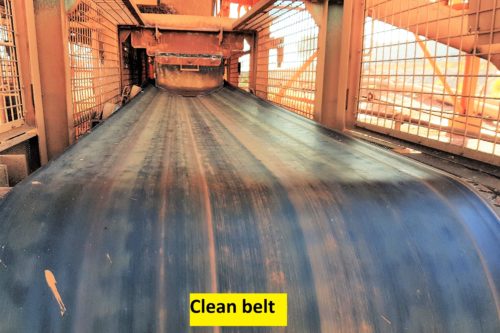
Regular maintenance ensures your entire conveyor system and its specific components remain in good order and condition. Neglecting general maintenance will undoubtedly lead to preventable costs for replacements of worn and failing equipment.
2. Reduces Wear Rate of Equipment
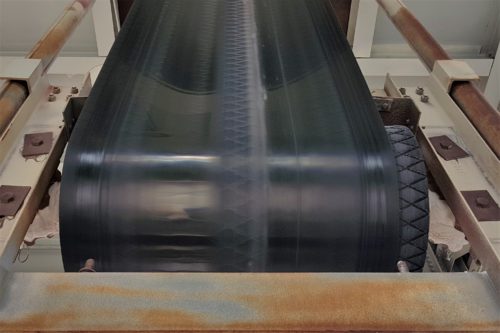
The above image is of a belt that is mistracked, which can lead to additional wear and damage to belt if not addressed immediately.
There are many methods that can be applied to a conveyor component in order to reduce the wear rate and prolong its service life.
For example, installing conveyor skirting to the belt, especially at areas where material is prone to become lodged underneath, will reduce the risk of damage to the belt caused by the embedded material.
Ensuring that your equipment is working as it should would also help prevent unnecessary wear.
Realigning, readjusting and re-calibrating equipment to the recommended operational points can reduce wear rate. This is especially true in the case of mistracked belts.
However, in order for these measures to be effectively applied, regular maintenance should be practised to firstly identify these points of high wear.
3. Identification of Potential and Existing Problems
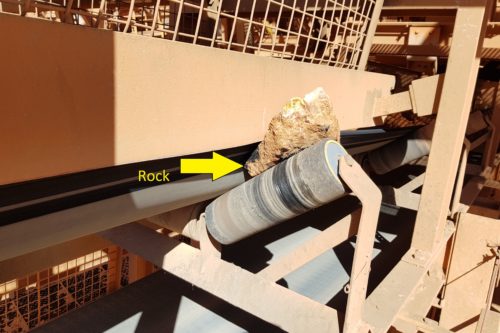
Rock wedged between belt and idler roller, which if gone unnoticed will cause damage to belt and idler.
Potential and existing problems that can and will lead to costly and unexpected shutdowns can be identified through ongoing, regular and thorough maintenance.
Small issues now can lead to bigger issues later on. For example, a small rock caught between rollers and belting causing belt wear, or a worn carbide scraper blade piercing through the belt and shredding the entire length of belting.
DYNA Engineering has seen circumstances where wrong lagging types on pulleys caused unnecessary belt wear, and potentially led to hundreds of thousands of additional and avoidable maintenance costs.
4. Creates Opportunities for Increasing Efficiency and Optimisation
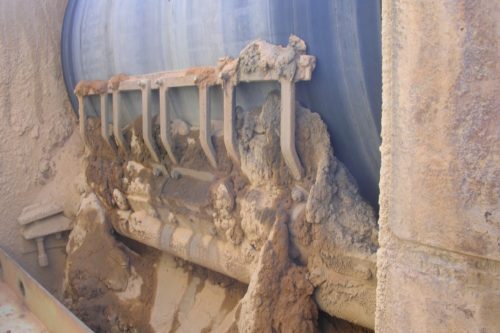
Severe amount of carryback caught around pulley and scraper. Identifying issue can present new solutions, such as a more suitable scraper type.
On top of identifying potential problems, regular maintenance can also become an opportunity to identify areas that can be optimised for better efficiency.
If the conveyor system is clean and clear of obstruction, routine maintenance can identify areas that require improvement.
This can be anything from a product or product type upgrade (such as from a standard scraper shaft to a retractable shaft for easier maintenance), or switching to more suitable products based on trial and error.
5. Improves Visibility of Conveyor System to Assist in Identifying Issues
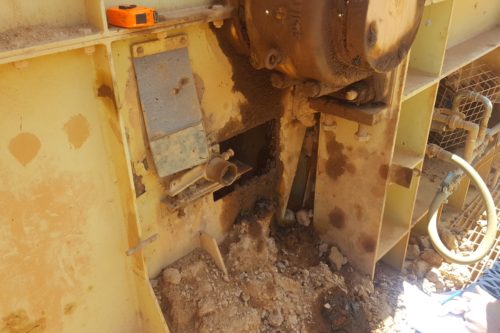
Poor maintenance causes poor visibility into system.
Regularly maintained systems free from dust, carryback, spillage and other obstructions will be easier to inspect for potential problems and hazards.
For example, lagging wear on a pulley can be easily spotted if the system is free from dust and carryback, ensuring the replacement of lagging can be done before the pulley shell becomes damaged.
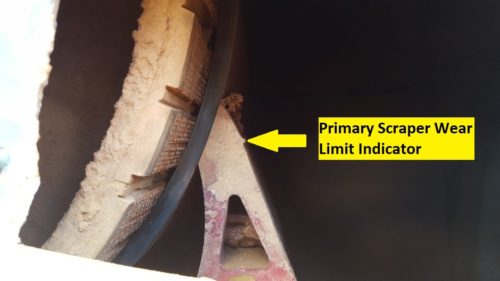
A well-maintained conveyor system with good visibility is vital to preventing common issues, such as scraper blade wear.
6. Improves Occupational Health and Safety
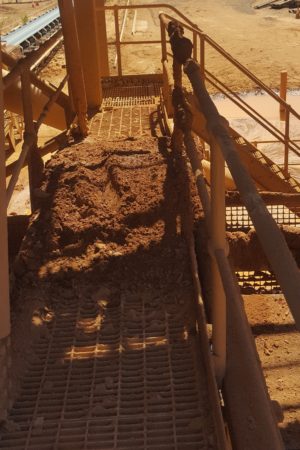
Material build up on walkways can be a safety hazard.
It goes without saying that a well-maintained conveyor operation will be less likely to pose occupational health and safety hazards for employees that work with or around the operation.
For example, dust pollution due to poor or a lack of material containing systems (such as conveyor skirting) can lead to poor visibility for workers.
Poor visibility can lead to serious safety hazards and even death.
Staff who participate in routine and ongoing maintenance will be more accustomed to and experienced in identifying potential and existing problems, too.
DYNA Engineering Audits and Maintenance Plans
DYNA Engineering offers a broad range of conveyor audits and inspections. The mining industry has generally considered conveyor systems as a high-risk area.
As conveyor systems are very complex, DYNA Engineering has an experienced team to conduct conveyor audits on any size and complexity of system. We believe that prevention is key to effectively minimising risk.
DYNA Engineering can produce Life Cycle and Preventative Maintenance Plans. The plan outlines a program that assists you in keeping equipment operating at high efficiency levels.
The reports identify potential and critical issues and help you minimise time spent on shutdowns and breakdowns.
To find out more about our audits and Life Cycle and Preventative Maintenance Plans, see our Conveyor Audits page, or call us on 08 9473 4300.
Related Blog Posts
Does Your Pulley Need Refurbishing?
Conveyor pulleys are a heavy-duty, consistently running piece of machinery that are essential components of a conveyor system. Although they are designed to last, after many years of constant use, conveyor pulleys…
Common Causes of Belt Damage
Conveyor belts are a viable component in a conveyor system. It is important to maintain them correctly and minimise any potential stoppages or damage to maintain the maximum up time and service life. In this blog article we discuss…
Conveyor Brush Cleaners Explained
As the name suggests, a brush cleaner is a conveyor cleaning product designed to clean conveyor belts with a sizeable brush. Brush cleaners are usually connected to a gear box and motor which allows the brush cleaner to consistently rotate…
